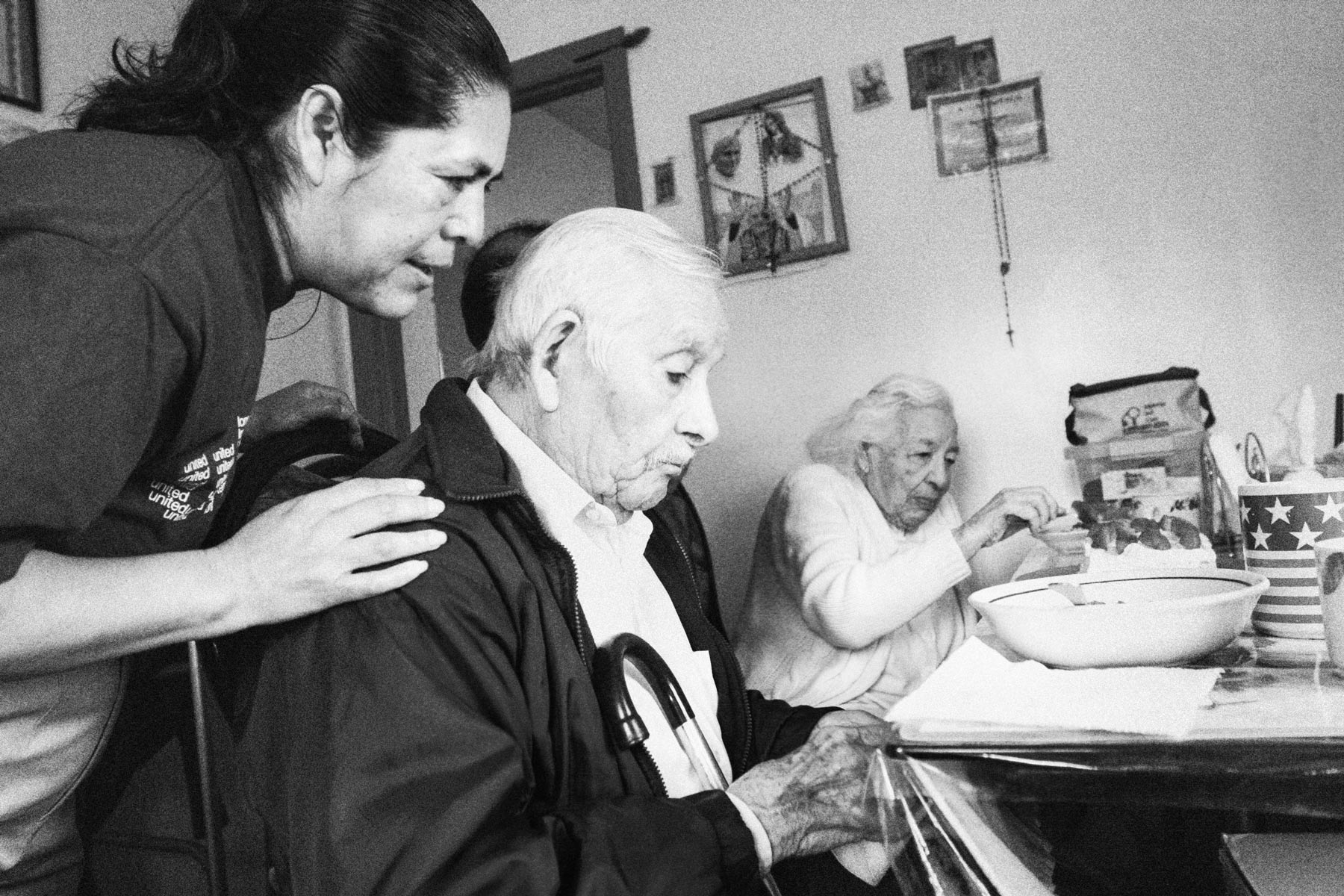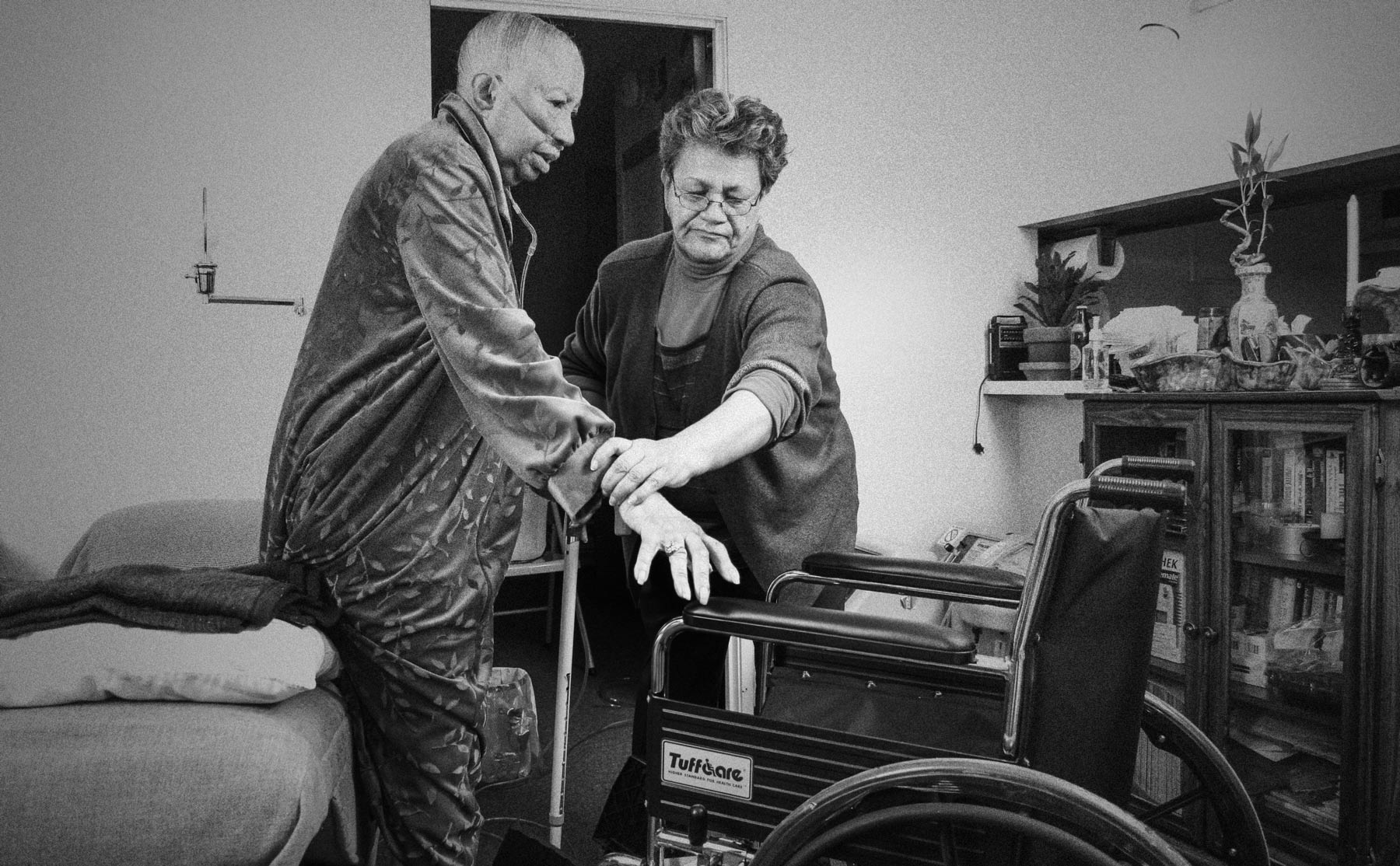On November 7th, UC Berkeley released a study on the Care Crisis in California, where the short supply of home care workers for the demand that will continue to rise given the increase in aging population over the coming years.
Join us in our efforts to keep this message front and center this November, National Family Caregivers Month.
California's aging population boom is causing a care crisis
The last few decades have seen explosive growth in the home care industry, and this trend is projected to continue in the coming years. Our population is becoming older and living longer.
Here in California, the population of older adults is expected to double between 2015 and 2030.
About half of older adults are in need of assistance for their daily activities and older adults make up about half of people in need of long-term care.
Download the Crisis Report
Home Care is a Cost Savings for the State
In a 2004-2005 survey, 19% of IHSS providers said that if they stopped caring for their consumer, the individual would likely end up in a nursing home. This shift has saved significantly on healthcare costs. California’s per capita rate of spending on long-term care is close to the lowest in the country.
Studies show that when states cut back on home care services, they end up having to spend more on institutional long-term care increases.

Home Care Supply & Demand
We are seeing a trend in long-term care towards homecare; however, the demand for workers has outpaced the supply. The proportion of people with a severe disability that would require hospitalization has been decreasing over time, while the proportion of people with a less severe disability that can have their needs met by a home health worker has increased.

Home Care Job Quality
Home care is extremely important work, allowing people with disabilities or chronic illnesses to stay in their community, maintain independence, and improve their quality of life. However, it can also be very challenging work.
If the quality of homecare jobs does not improve, it will be impossible to attract sufficient workers to meet future demand and people with disabilities and chronic illnesses won't get the care they need.
Homecare work has traditionally not been valued or respected because of the some people's view that it is not "real work" and because the majority of home care workers who do this work are women of color.
Home Care Wages
While many factors play into high turnover among home care workers, including burn out, lack of advancement opportunities, and insufficient training -- the primary reason is that wages are too low to make ends meet.
A 2002 study by Howes found that an increase in wages for providers in San Francisco, along with health and dental benefits, led to a dramatic decrease in turnover from 60 percent in 1997 to 26 percent in 2002.
Home care worker wages have not kept up pace with the minimum wage increases, reducing or in some cases eliminating this historical premium. In most places in California, home care is now a minimum wage job.

Family Home Care Providers
Sixty percent of IHSS home care workers are “family providers”, becoming a full or part time caregiver for a family member is a sacrifice that often times means leaving or reducing hours at a higher paying job. When caregiver wages are low, family income is reduced, making it more challenging for families to meet their financial needs.
By law, family care provider are not able to contribute to Social Security, so these workers have even less of a safety net.

